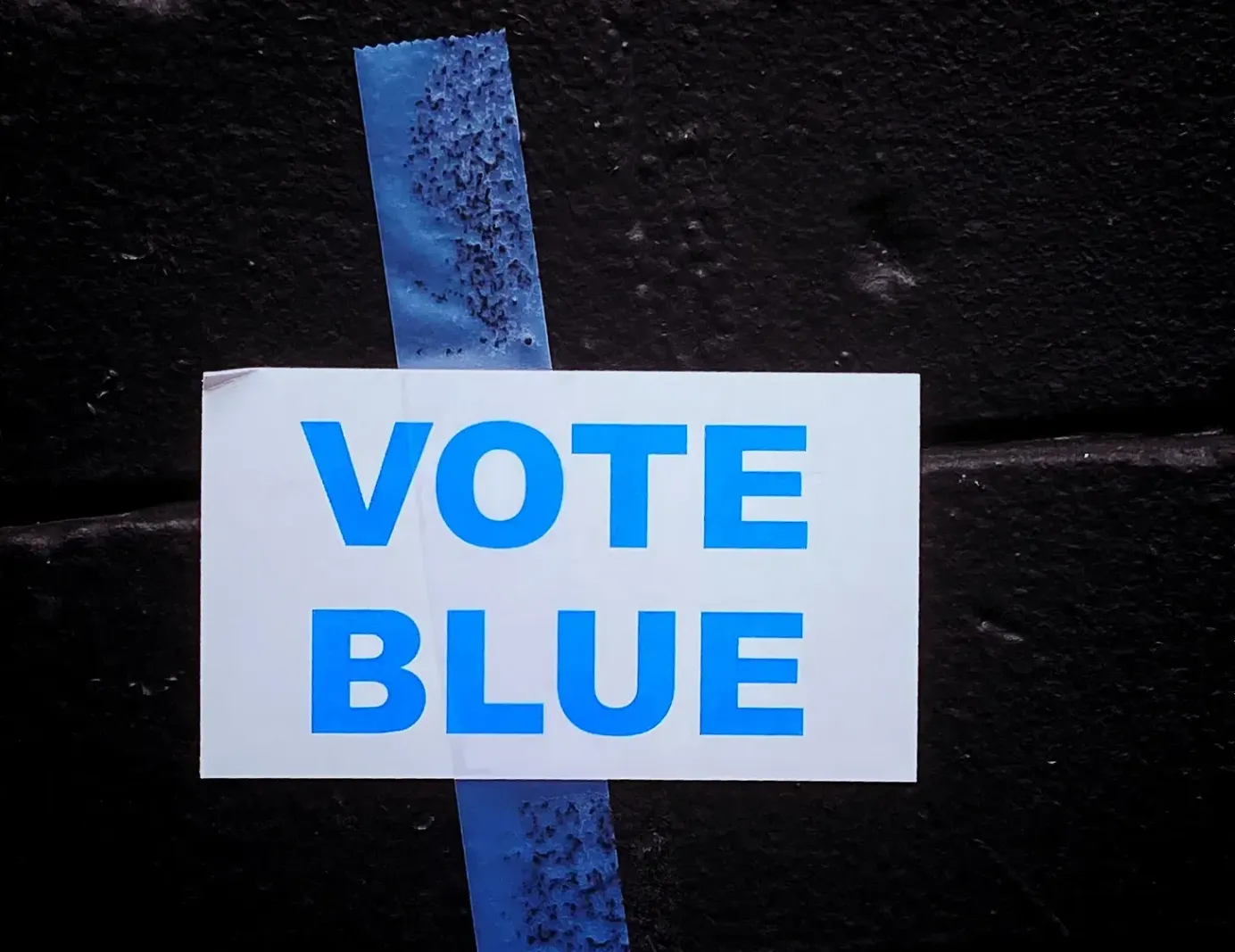
Marketing Matters: How to Build a Stronger Democratic Brand
While they may be exaggerated, what is clear from the 2020 Election results is that the Democratic Party has a Brand problem.
Yes, Joe Biden won the White House and Raphael Warnock & Jon Ossoff helped clinch the Senate, but Democrats underperformed in local, House, and most Senate races. There’s a difference between wanting to defeat the worst President in the history of the U.S. and having a favorable view of the Democratic Party.
In contrast, the policies in the Democrats platform are wildly popular:
- Six in ten US adults now view climate change as a major threat to the well-being of the United States
- The For the People Act, a democracy-reform proposal, enjoys 65 percent support, including more than a third of Trump voters
- 63% of U.S. adults say the government has the responsibility to provide health care coverage for all.
- Over 60% of voters in Florida, voted to increase the minimum wage to $15 an hour.
This suggests that Democrats are not doing a good enough job tying popular policies to the party. Either Americans don’t know what the Democrats stand for or they have little trust that Democrats will accomplish their goals (end the filibuster, perhaps?).
So what can be done to fix this gap?
The first and most crucial way to improve Democrats’ brand image is to start passing popular legislation. Democrats control the House, Senate, and White House. If Americans' lives do not start improving, it’s pretty clear who they will blame, no matter how bad Republican obstruction is.
Define Your Brand Before Someone Else Does
Now comes the marketing part. It’s not enough to pass popular legislation, you also have to let people know about it. Whether we like it or not, everything is a brand now. Politicians are brands just like companies or celebrities and they should build their marketing strategy accordingly.
If you do not define your brand, someone else is going to come along and do it for you. Republicans have been defining the Democratic brand for decades and have been successful in demonizing the Democratic brand as elites, out of touch with everyday Americans, socialists, and controlling. While these may be conflicting, they successfully turned off the American people and distracted them from the popular policies that Democrats hold.
Republicans have filled the vacuum that Democrats left and destroyed the Democrat’s brand in the process. Now is the time to wrest back control of the Democratic brand through consistent messaging and outreach.
There are three components to rebuild a brand's image: reach, consistency, and personalization.
Reach
The first pillar is obvious, the more people you reach, the more people you can persuade. Digital media has made this easier and more cost-effective than ever. You can reach 1,000 people for $5-20 depending on where you’re buying ads (Google, Facebook, etc.) and the types of ads (video, display, native). A proper mix of publishers and ad types will help extend your reach and increase the likelihood that people will remember your ads. Democrats should invest more heavily in digital media on an ongoing basis for steady reach across key audiences like swing voters.
Consistency: Messaging
Consistency comes in two different forms. First, brands should have a consistent message. Define a North Star for your brand and make sure your messaging is rooted in this. A North Star represents a brand’s mission and helps center everything the brand does. Every message you send out should ladder back to that North Star whether it’s a fundraising ad or a persuasion message. This allows you to control your narrative and avoid the opposition trying to frame it for you. It also means that your brand is consistently reinforced in every message so that it resonates with people.
For example, Joe Biden launched his campaign on the premise that America can live up to its ideals that “all men are created equal” with a President that can bring America together. Every message since his announcement in April 2019 was rooted in this whether it was criticizing Trump’s policies or speaking to the opportunities we have in fighting the climate crisis. This consistent messaging made it more difficult for the Trump campaign to pin him as a “Radical Leftist.”
Consistency: Time
The second form of consistency is time. Politics is built on cycles depending on your re-election calendar. But as we’ve established, politicians are brands, and defining a brand is an ongoing task. It’s important that your key audiences see you throughout the year and not when you’re asking for donations.
Messages resonate best if audiences consistently see messages that reinforce your North Star over a longer period of time. A Nielsen study conducted in 2017 showed that a person needed to see a message 5-9 times for it to resonate with them. An evergreen persuasion campaign discussing a politician's accomplishments and beliefs can help reinforce their brand and help their constituents understand how they are directly helping them.
Personalization
Personalization might be the most important and often overlooked component. It’s one thing to tell people that Democrats passed a popular bill, but it’s dramatically more effective if you tie the issue to people's everyday lives.
Let’s use universal healthcare as an example. Democrats spent most of the 2020 primaries debating universal healthcare talking about premiums, copayments, and deductibles. But what does all that jargon mean for everyday Americans? The reality is universal healthcare will mean you will have healthcare even when you unexpectedly lose your job like the 7.7 million Americans that lost their jobs and health coverage during the pandemic. Or framed in another way, you will get good healthcare AND your paycheck would grow because employees wouldn’t be taking your health insurance from your paycheck.
Framing a complicated issue in easy-to-understand terms that show exactly how the Democratic party is helping Americans in their daily lives will help bridge the divide between the Democratic Party’s brand and the popular issues that it holds.
Now is the time to activate an evergreen and personalized persuasion strategy across the Democratic landscape. The Biden administration is already leading in their communication efforts, but we need a full party approach to combat the headwinds the party faces. 2022 and 2024 depend on it.
the roots of change media Newsletter
Join the newsletter to receive the latest updates in your inbox.



